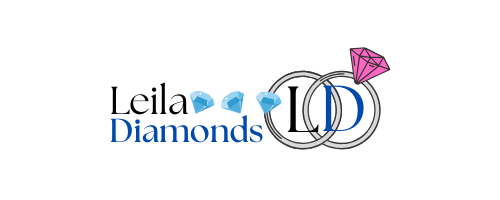Conflict-Free Diamonds in 2025: What They Are, Why They Matter & Where to Buy Them
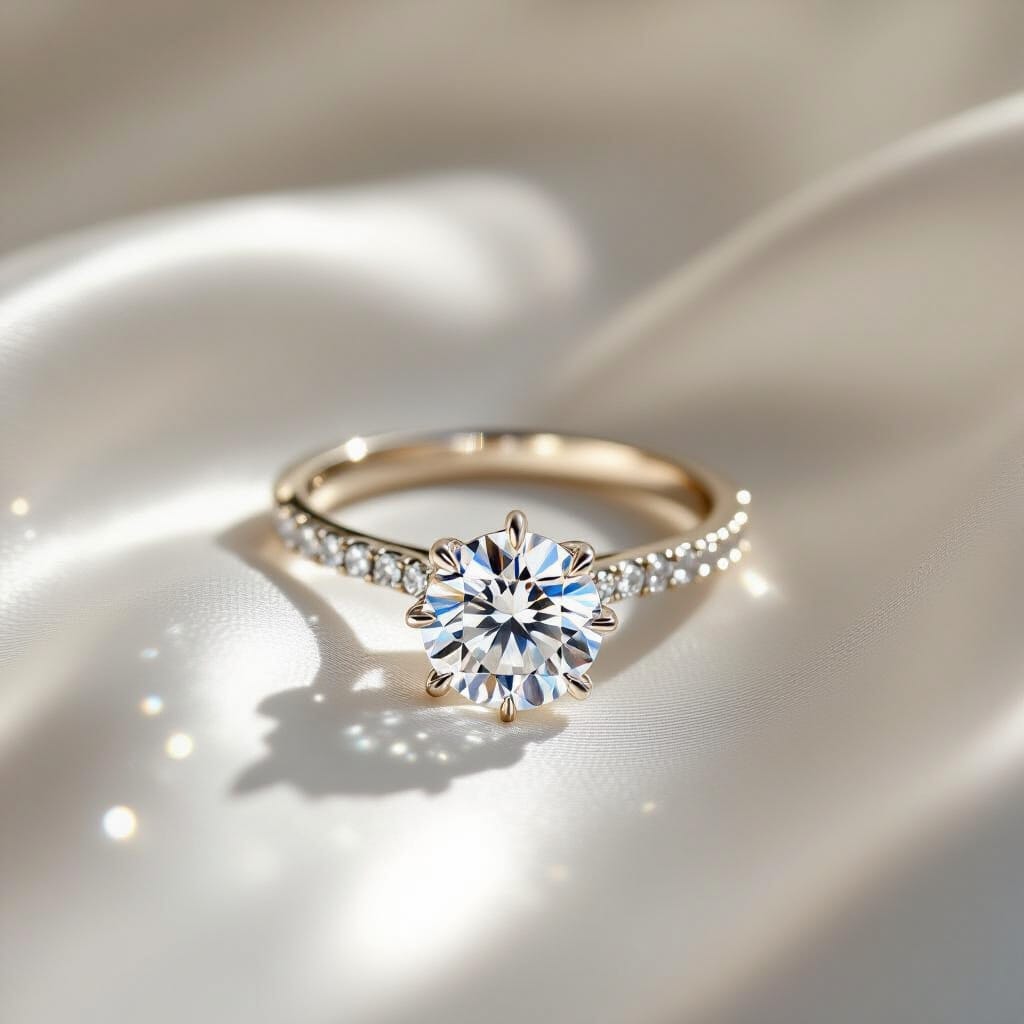
As you explore the dazzling world of diamonds, you’ve likely come across the term “conflict-free” or “ethical” diamonds. But what does that really mean? Why is it important? And how can you ensure that your engagement ring or jewelry purchase isn’t unintentionally funding violence?
In this comprehensive guide, we’ll unpack the truth about conflict-free diamonds, break down how the Kimberley Process works, and point you to reputable retailers who go beyond the bare minimum in ensuring responsible sourcing.
Contents
- What Are Conflict-Free Diamonds?
- The Blood Diamond Crisis: A Grim History
- The Kimberley Process: A Global Attempt at Reform
- The Flaws and Limitations of the Kimberley Process
- Conflict-Free vs. Ethical Diamonds
- How to Avoid Blood Diamonds When Shopping
- Should You Consider Lab-Grown Diamonds?
- Where to Buy Conflict-Free Diamonds in 2025
- Where Not to Buy Diamonds
- Final Thoughts: Choosing a Diamond You Can Be Proud Of
What Are Conflict-Free Diamonds?
Conflict-free diamonds are diamonds that have been mined, processed, and traded without financially supporting armed rebel groups or violent regimes. These diamonds are typically certified under an international system known as the Kimberley Process, designed to prevent blood diamonds from entering the global market.
In other words, a conflict-free diamond is one that hasn’t funded war crimes, terrorism, or human exploitation.
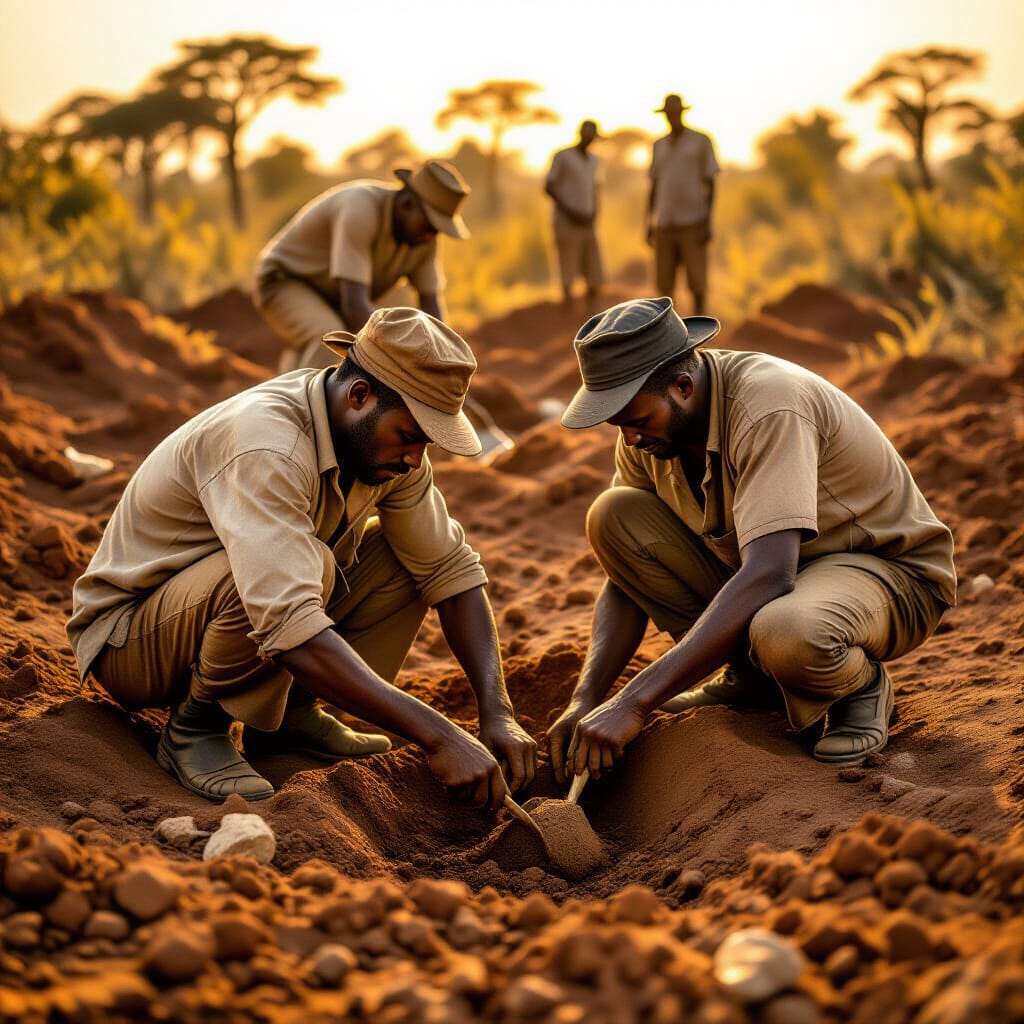
But conflict-free doesn’t automatically mean “ethical” — more on that later.
The Blood Diamond Crisis: A Grim History
The term “blood diamond” refers to diamonds mined in war zones, where the profits are used to fund armed conflicts, rebel movements, or terrorist groups. This was especially prevalent in African countries like Sierra Leone, Angola, and the Democratic Republic of Congo during the 1990s and early 2000s.
These conflicts led to:
- The deaths of hundreds of thousands of civilians
- Child labor and forced mining
- Widespread human rights violations
The 2006 film Blood Diamond, starring Leonardo DiCaprio, helped bring global attention to the atrocities connected with the diamond trade. But the real-life consequences had already been unfolding for decades.
The Kimberley Process: A Global Attempt at Reform
In response to international outrage, the Kimberley Process Certification Scheme (KPCS) was established in 2003 by the United Nations, along with 80 participating governments and key players in the diamond industry.
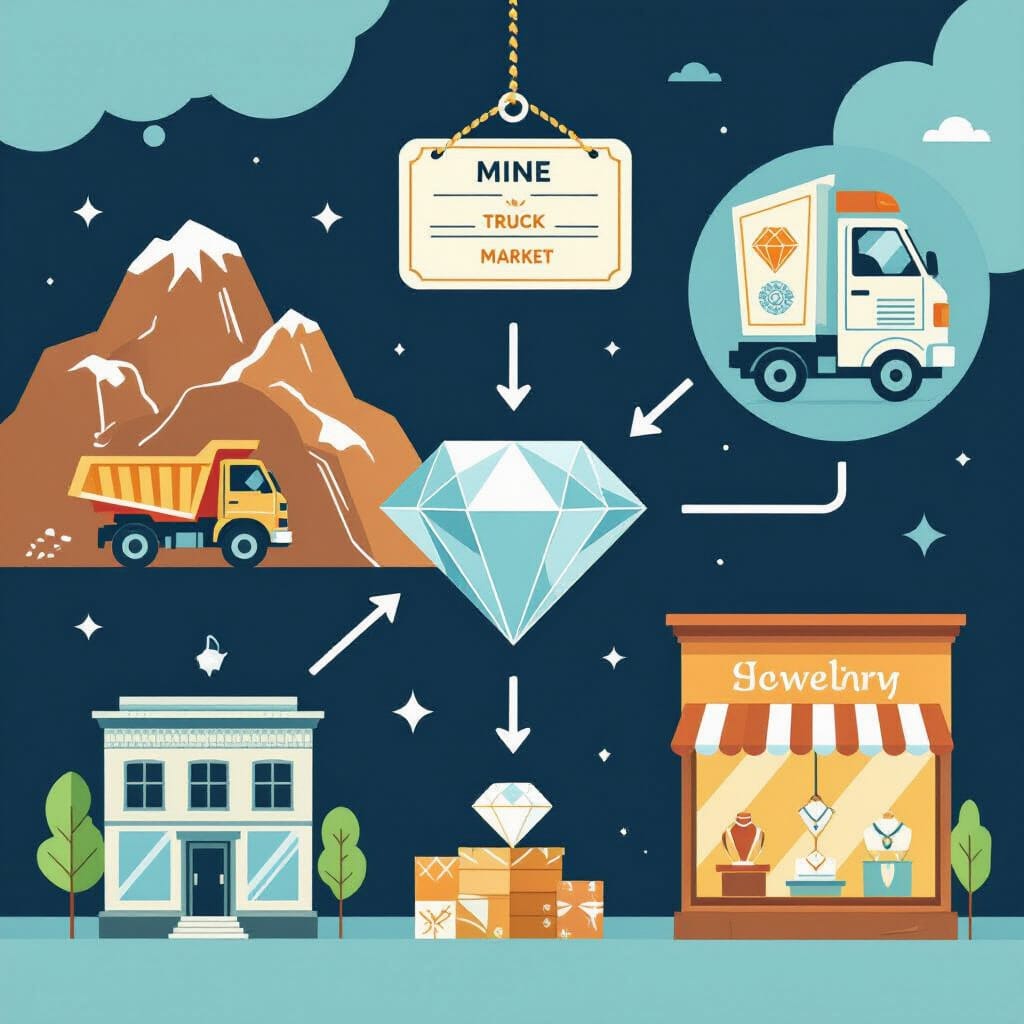
How It Works
The Kimberley Process is designed to track the journey of rough diamonds from the mine to the market. To participate, a country must:
- Legally commit to controlling diamond imports/exports
- Implement internal systems to ensure traceability
- Allow inspections and submit annual reports
Diamonds that comply are issued a Kimberley Process Certificate, confirming their conflict-free status.
Today, 99.8% of global diamond production is claimed to be conflict-free under this process — at least in theory.
The Flaws and Limitations of the Kimberley Process
While the Kimberley Process was a major step forward, it’s far from perfect. Here’s why:
- Voluntary Compliance: Participation is optional, and oversight is limited.
- Weak Enforcement: There’s no independent third-party regulator.
- Narrow Definition: The KPCS only addresses rebel-financed conflict — not labor abuse, environmental harm, or state-sponsored violence.
- Corruption and Loopholes: Illegitimate diamonds can still be laundered into the supply chain through forged documents or corrupt officials.
Even today, some diamonds labeled as “conflict-free” may have troubling origins.
Conflict-Free vs. Ethical Diamonds
A common misconception: conflict-free and ethical diamonds are the same thing. They’re not.
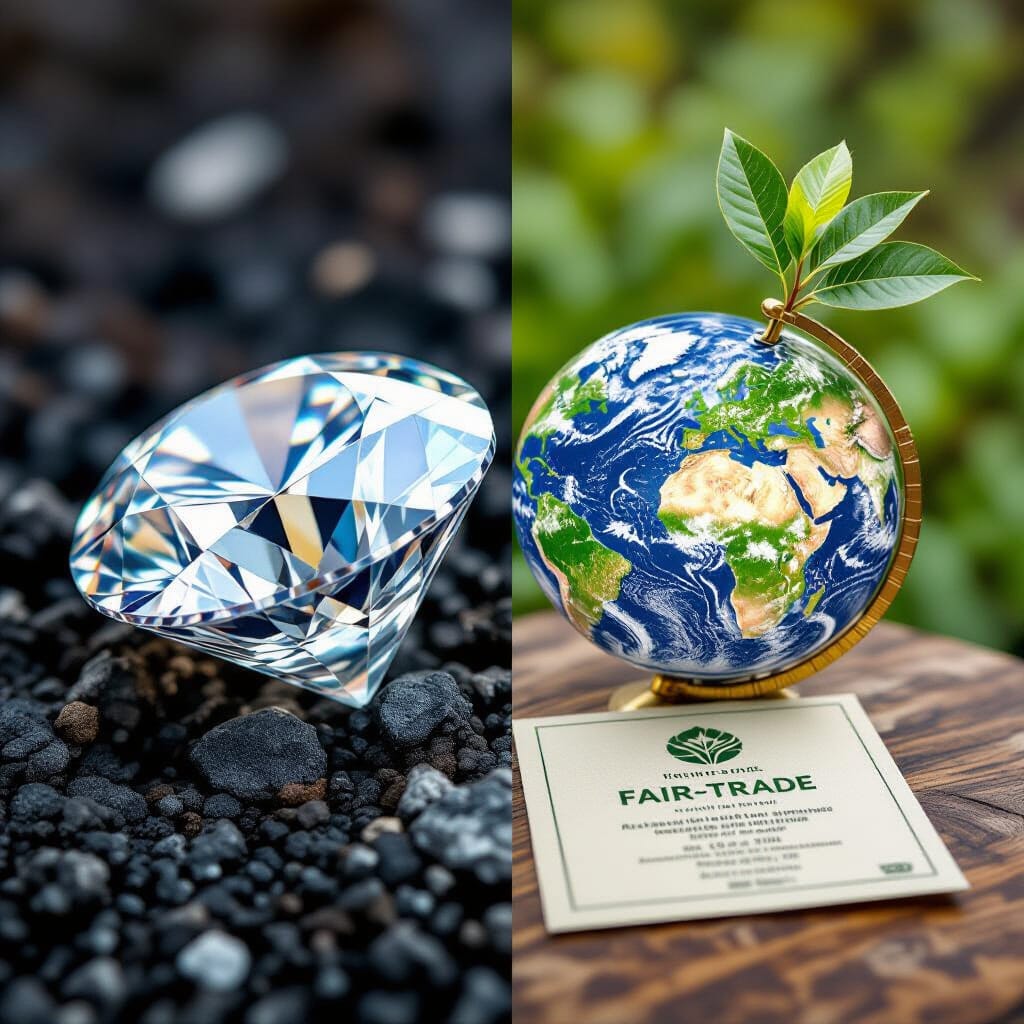
- Conflict-Free Diamonds: These simply comply with the Kimberley Process, meaning they haven’t funded rebel violence.
- Ethical Diamonds: These go further, ensuring humane labor practices, environmental protection, fair wages, and respect for indigenous land rights.
Think of it like this:
Conflict-free = no violence funding.
Ethical = no exploitation, period.
Retailers like Brilliant Earth use blockchain tech and transparent sourcing to offer diamonds that meet higher ethical standards. These are often referred to as Beyond Conflict Free™.
How to Avoid Blood Diamonds When Shopping
If you’re shopping for a diamond ring or jewelry piece, here are some key steps to ensure you’re not contributing to the blood diamond trade:
✅ Check for a Conflict-Free Policy
Look for clear statements that the company adheres to the Kimberley Process. This should be found in the footer or FAQ section of their website.
✅ Ask for Origin Transparency
Can the retailer identify the country (or even the mine) where the diamond originated? Some top-tier retailers now include this info directly on product pages.
✅ Look for Third-Party Verification
GIA, IGI, and AGS are credible gemological labs, but some brands also use independent ethical audits or blockchain tracking to prove origin and handling.
✅ Avoid Uncertified Vendors
Avoid purchasing from platforms or marketplaces where diamond provenance is unclear or nonexistent. That includes sketchy online stores or vendors operating in loosely regulated regions.
Should You Consider Lab-Grown Diamonds?
If you’re concerned about ethics and transparency, lab-grown diamonds are arguably the most foolproof solution.
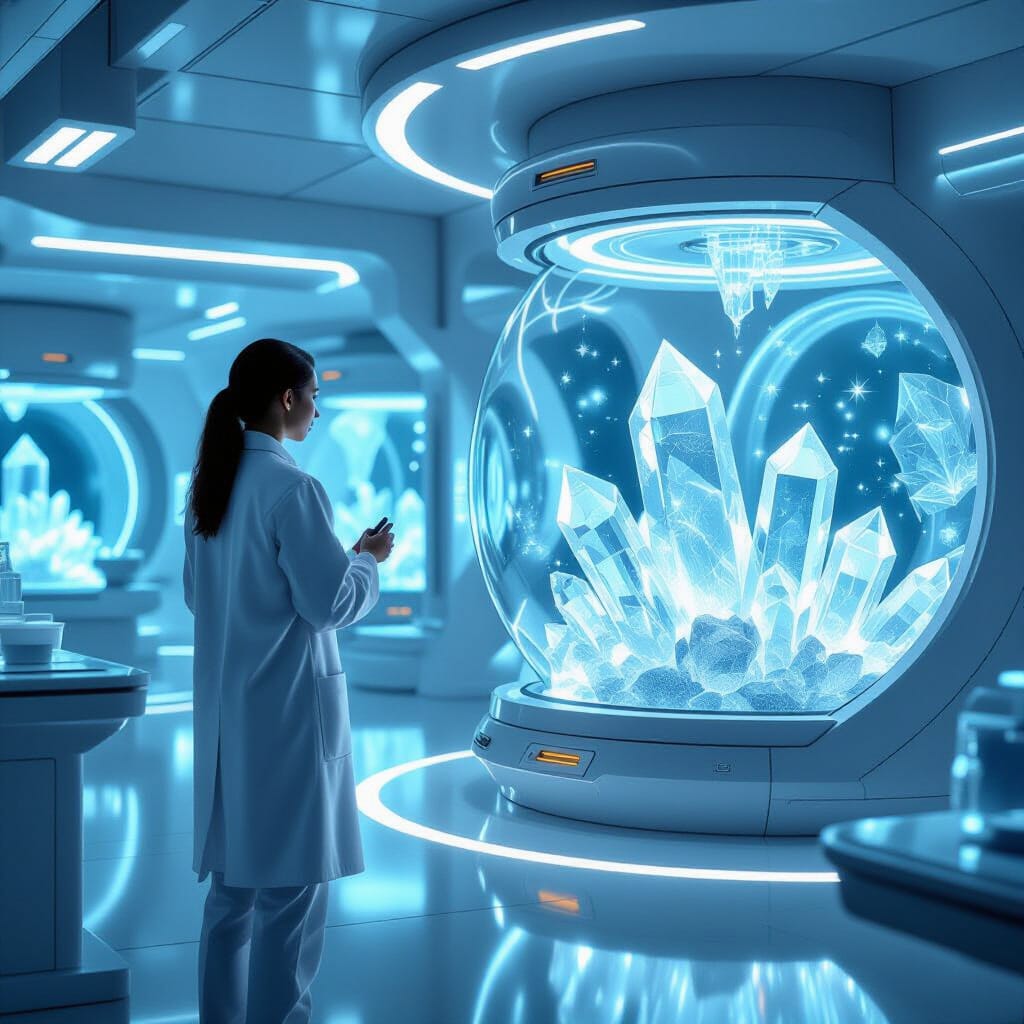
Why Lab-Grown Diamonds Are Conflict-Free:
- They’re created in laboratories using high-pressure or chemical vapor deposition (CVD/HPHT)
- No mining, no exploitation, no environmental devastation
- Most labs are located in regulated countries like the U.S., Canada, or India
- They’re physically and chemically identical to natural diamonds
And they’re more affordable — often 30-50% less for the same 4Cs (Cut, Color, Clarity, Carat).
But keep in mind: buying lab-grown means your money won’t support communities in developing nations who do depend on ethical diamond mining for livelihood.
Where to Buy Conflict-Free Diamonds in 2025
Here are trusted retailers known for conflict-free and ethical diamond sourcing:

1. Brilliant Earth
- Pioneers of Beyond Conflict Free™ diamonds
- Blockchain-traced supply chain
- Ethical lab-grown and natural options
- Detailed origin info on every diamond
Read our detailed Brilliant Earth Review
2. James Allen
- Conflict-free certified diamonds
- HD 360° viewer for every stone
- Offers both lab-grown and natural diamonds
- Transparent policies and extensive GIA/IGI certifications
Read Our Comprehensive James Allen Lab Grown Diamonds Review
3. Blue Nile
- Longstanding leader in online diamonds
- Sells only Kimberley Process–certified stones
- Clear origin policies and extensive selection
Read the Full Blue Nile Review
4. Whiteflash
- Known for high-end, super-ideal cut diamonds
- Committed to ethical sourcing and transparency
- Member of the Responsible Jewellery Council (RJC)
Where Not to Buy Diamonds
Avoid:
- Online retailers with no conflict-free or sourcing policy
- Sellers who refuse to disclose country of origin or certifications
- Markets or private dealers with unclear traceability or unverifiable diamonds
Remember: if a deal seems too good to be true — especially for a high-value gem — it probably is.
Final Thoughts: Choosing a Diamond You Can Be Proud Of
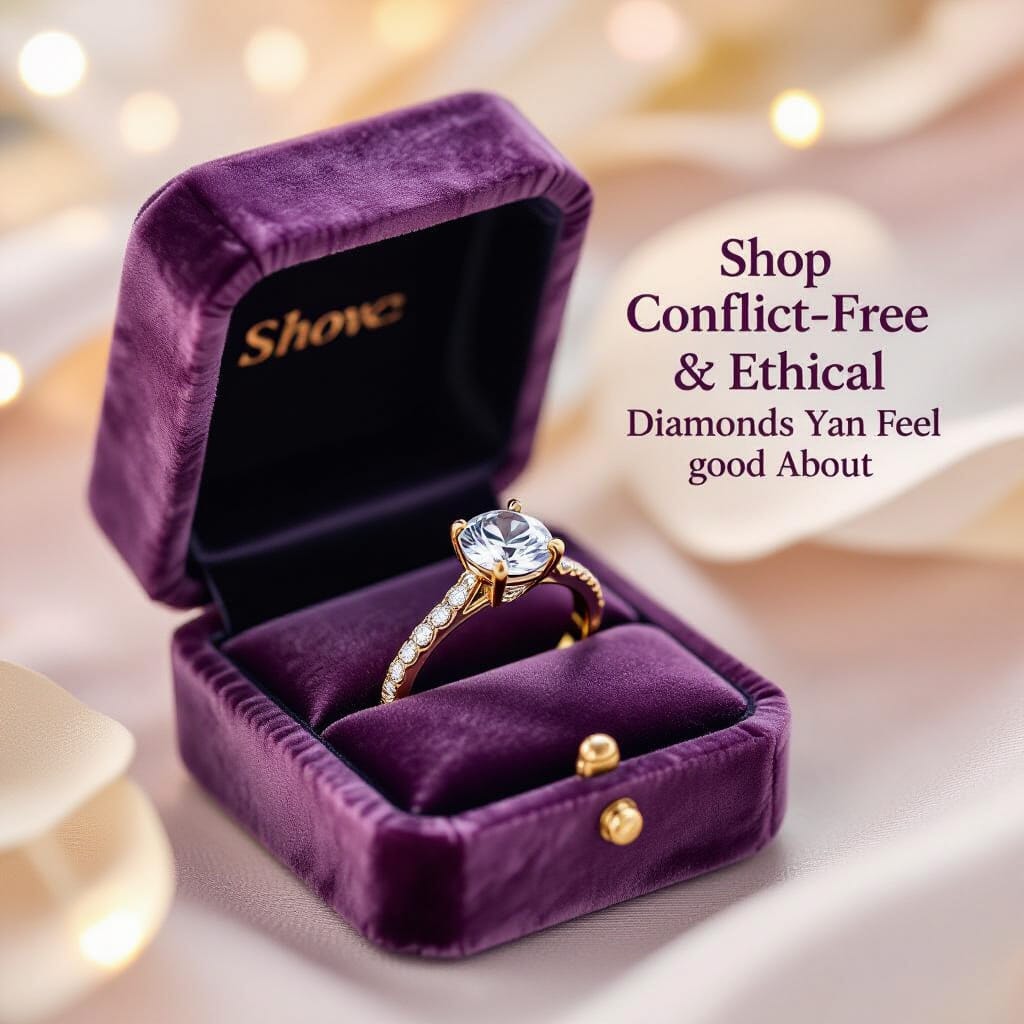
Buying a diamond is about more than sparkle and size — it’s about values.
Whether you opt for a natural, conflict-free diamond or a lab-grown alternative, your purchase reflects what you stand for. Ethical sourcing ensures your investment celebrates love without funding violence, exploitation, or environmental destruction.
The 4Cs (Cut, Color, Clarity, Carat) are important — but so is the Fifth C: Conflict-Free.
